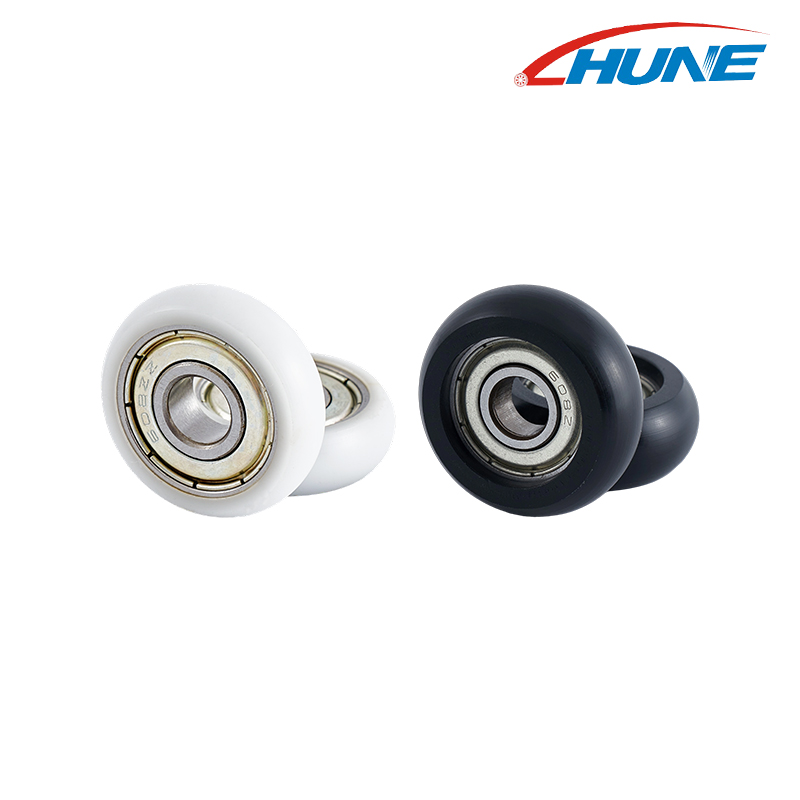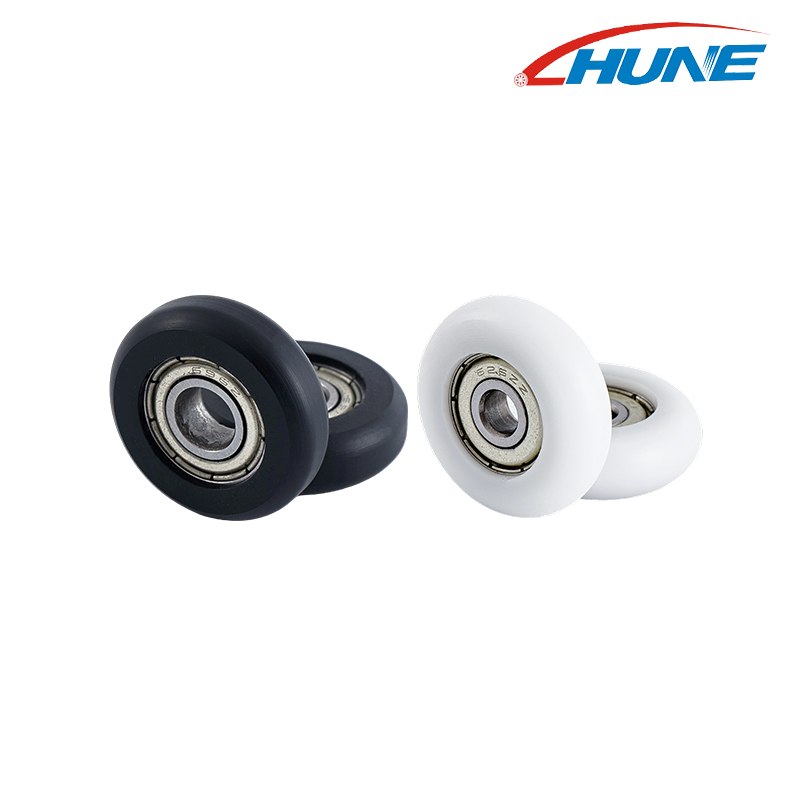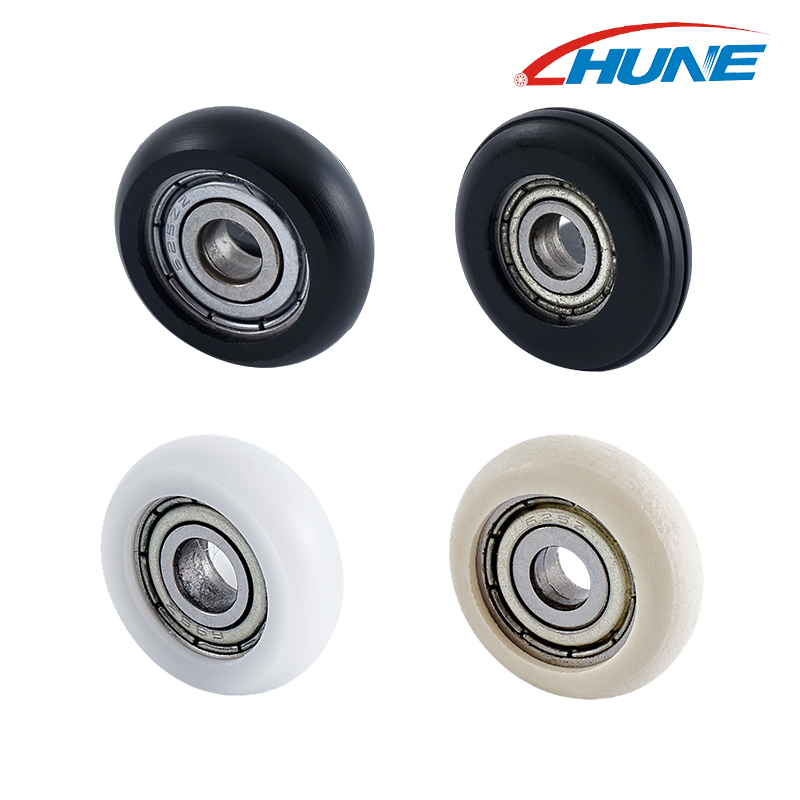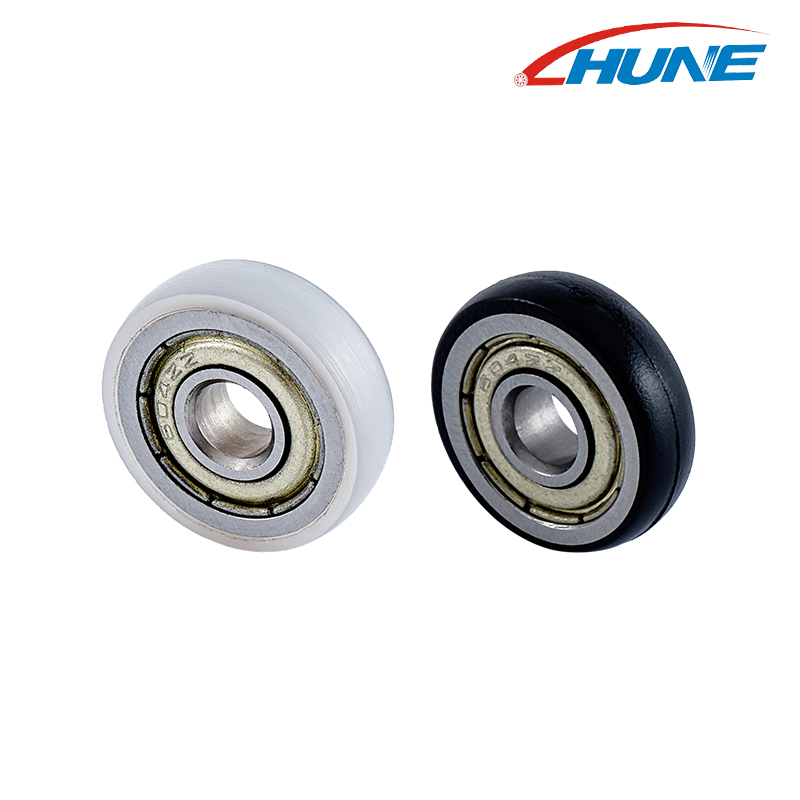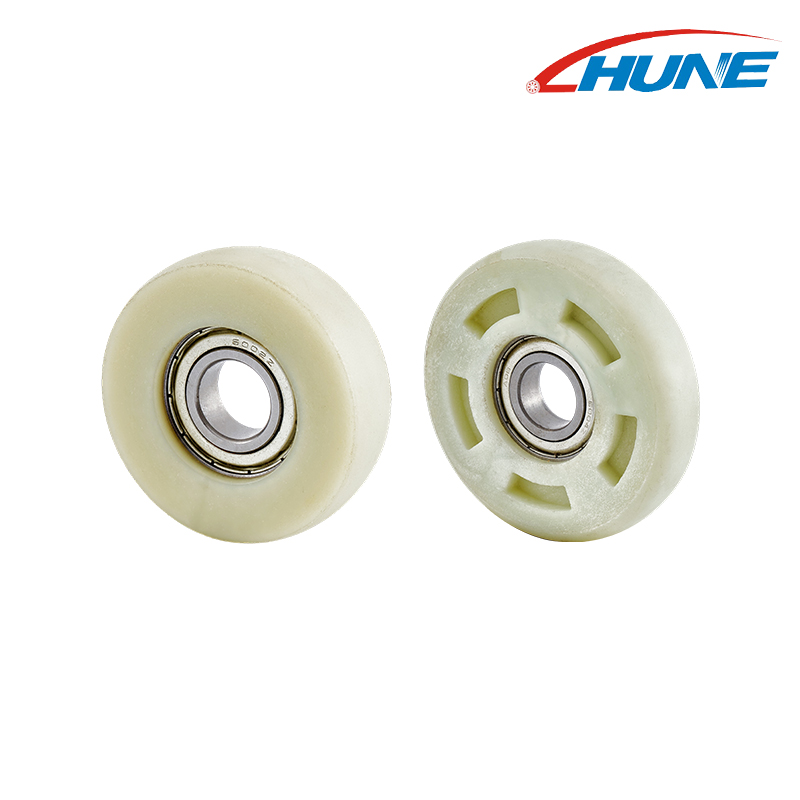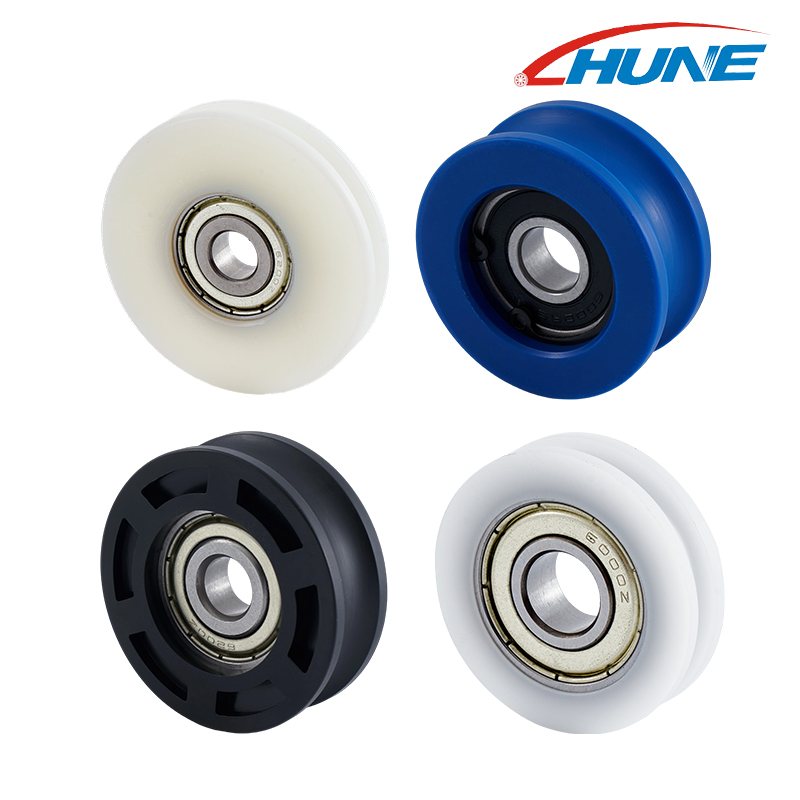Looking for a screw-threaded plastic pulley? Discover how to pick the right one, install it properly, and get the best performance. This UK-friendly guide includes tips, size charts, and FAQs to help you avoid common mistakes.
Ever had trouble finding a lightweight, budget-friendly pulley that doesn’t rust?
Or maybe you’re unsure whether a plastic pulley with threads can handle the weight of your home project? When I was first setting up a pulley system for my garden gate, I wasted loads of time with metal pulleys—they were bulky, and after a bit of rain, they started corroding. Once I switched to screw-threaded plastic pulleys, I never looked back. Let me tell you why they’ve become my go-to.
What Exactly Is a Screw Thread Plastic Pulley?
A screw thread plastic pulley is a small wheel designed with grooves along its edge and threading that allows it to be fastened easily to rods or mounts. Unlike traditional pulleys that need bolts, nuts, or clamping systems, these can simply be screwed into place—no fuss, and usually no tools needed.
These pulleys are made from durable plastic and are ideal for guiding cords, wires, or belts. Their main job? Minimizing friction so things move more smoothly. Because they’re made from plastic, they’re lightweight, and the built-in thread ensures they stay firmly mounted.

Why Go for Threaded Plastic Pulleys Instead of Metal Ones?
I’ve worked with both types—and honestly, plastic wins in many everyday scenarios.
Metal pulleys are tough, but they’re heavy and a hassle to deal with. If you're attaching a pulley to a surface that can’t support too much extra weight—like a DIY storage rack or garden frame—a plastic version is far more suitable.
Plus, plastic pulleys don’t rust. I left a metal pulley exposed to the weather, and after a few months it seized up from corrosion. The rope snagged, and the whole mechanism stopped working. On the other hand, my plastic pulley has been sitting outside for over a year, and it still spins without any issues.
Another advantage? Cost. Plastic pulleys are easier on your wallet. If you’re installing several—say, for a greenhouse or a garage hoist—you won’t break the bank.
Where Are Threaded Plastic Pulleys Commonly Used?
These pulleys are more versatile than people think. Here are a few examples where they shine:
DIY Builds: I rigged one up in my garage to hoist toolboxes to the ceiling. Saved me from a few backaches!
Gardening Systems: Whether you're hanging flower pots or creating a rainwater system, plastic pulleys resist moisture and stay reliable.
Small Devices: In compact machines like 3D printers or hobby electronics, these pulleys reduce load and keep everything moving smoothly.
How to Choose the Right Screw Thread Plastic Pulley
Getting the wrong pulley can set your project back. I’ve made that mistake before—here’s what you need to look at:
Thread Type and Size: Make sure the threaded section fits the support you’re mounting it to. In the UK, the most typical sizes are M6, M8, and M10. Not sure? Just measure the bolt or rod with a ruler.
Pulley Wheel Diameter: Larger wheels move slower but can carry more load. Smaller ones are great in tight spots. For everyday use, anything between 20mm and 50mm usually works well.
Weight Rating: Always check the maximum load capacity. Aim for a higher rating than you think you’ll need—for instance, if your load is 5kg, choose a pulley rated for 10kg for safety.
UK Screw Thread Plastic Pulley Sizes & Specifications
Here’s a quick reference guide I’ve created for myself when I’m placing orders:
(Include your table here—presumably showing thread size, diameter, and load capacity)
Using the right screw-thread plastic pulley can really simplify your projects. They’re practical, affordable, and built to last—especially in damp or outdoor environments. Whether you're upgrading your garage setup or building a custom rig, they're a smart choice.
Let me know if you'd like help building the comparison chart or creating a downloadable PDF version!
| Thread Size | Pulley Diameter | Max Load (kg) | Best For |
| M6 | 20mm | 3 | Light craft projects, small robots |
| M6 | 30mm | 5 | Garden lights, lightweight curtains |
| M8 | 40mm | 10 | Garage storage, medium DIY builds |
| M10 | 50mm | 15 | Heavy plant hangers, small machinery |
Installing a Screw Thread Plastic Pulley: My Step-by-Step
It’s easier than you think. I’ve done this in under 5 minutes:
1.Check the thread: Make sure the pulley’s thread matches your rod. If it’s too loose, it won’t stay. Too tight, you might damage the plastic.
2.Clean the rod: Wipe off any dirt or rust (if using metal). This helps the pulley screw on smoothly.
3.Screw it on: Turn the pulley clockwise. Don’t over-tighten—plastic can crack. Stop when it’s snug.
4.Test it: Give it a spin. It should move freely. If it sticks, check for debris in the groove.
How Long Do They Last?
I’ve had mine for 2 years, and they’re still going strong. But it depends on where you use them:
Indoors: 3-5 years, easy. No weather to worry about.
Outdoors: 1-3 years. Rain and sun can weaken the plastic over time. I replace mine every 2 years to be safe.
FAQs About Screw Thread Plastic Pulleys
I get these questions all the time, so I’ll answer them here:
Can they work in cold weather? Yes, but avoid extreme cold (below -10°C). Plastic can get brittle.
Do they work with all ropes? Most. Nylon and polyester ropes work best. Avoid rough ropes—they can wear down the plastic groove.
Are they reusable? Sure. Just unscrew them and use them elsewhere. I’ve moved mine between projects a few times.
Where can I buy them in the UK? Most hardware stores (B&Q, Screwfix) stock them. Online, Amazon and eBay have good options too.
If you’re tired of heavy, rusty pulleys that complicate your projects, a screw thread plastic pulley might be the answer. They’re light, cheap, and easy to use—exactly what I need for my DIY jobs. I’ve recommended them to friends, and they’ve all been happy with the results.
A screw thread plastic pulley is a simple tool that solves big problems. Give it a try for your next project—I think you’ll be surprised how much easier it makes things.






 English
English  Español
Español  日本語
日本語 